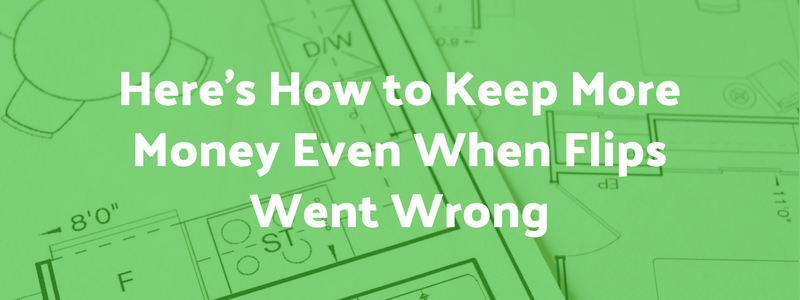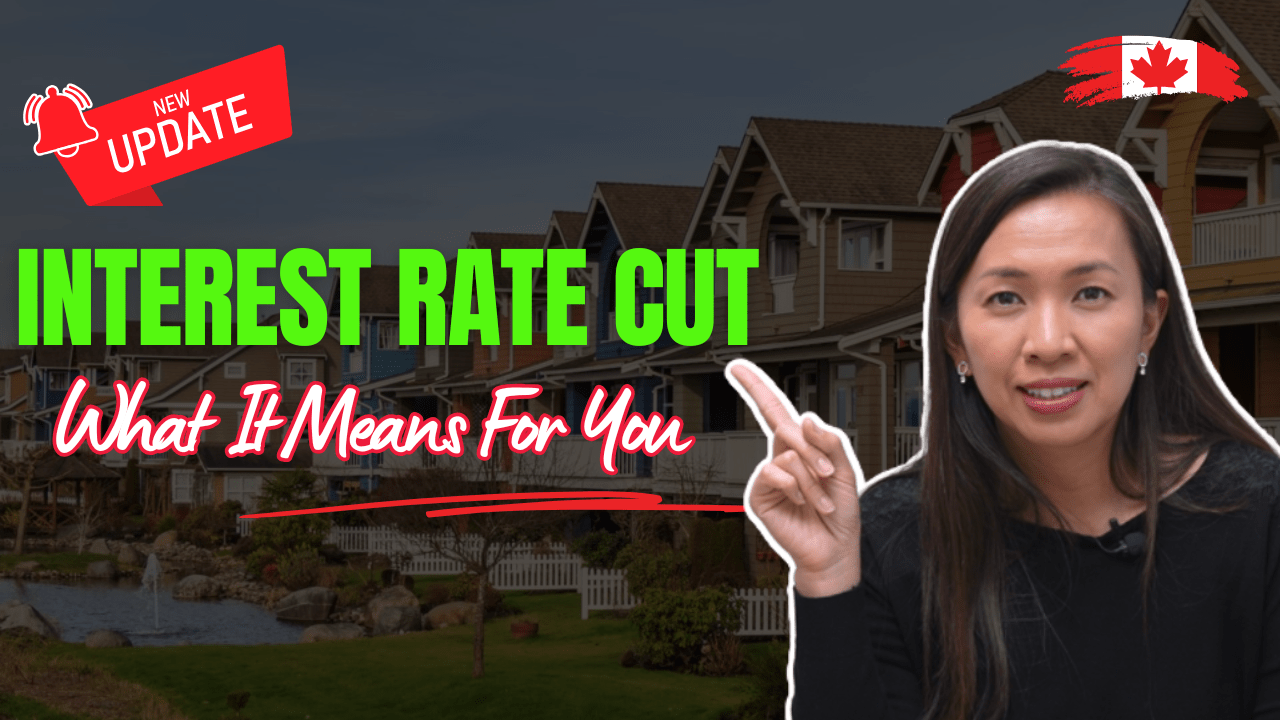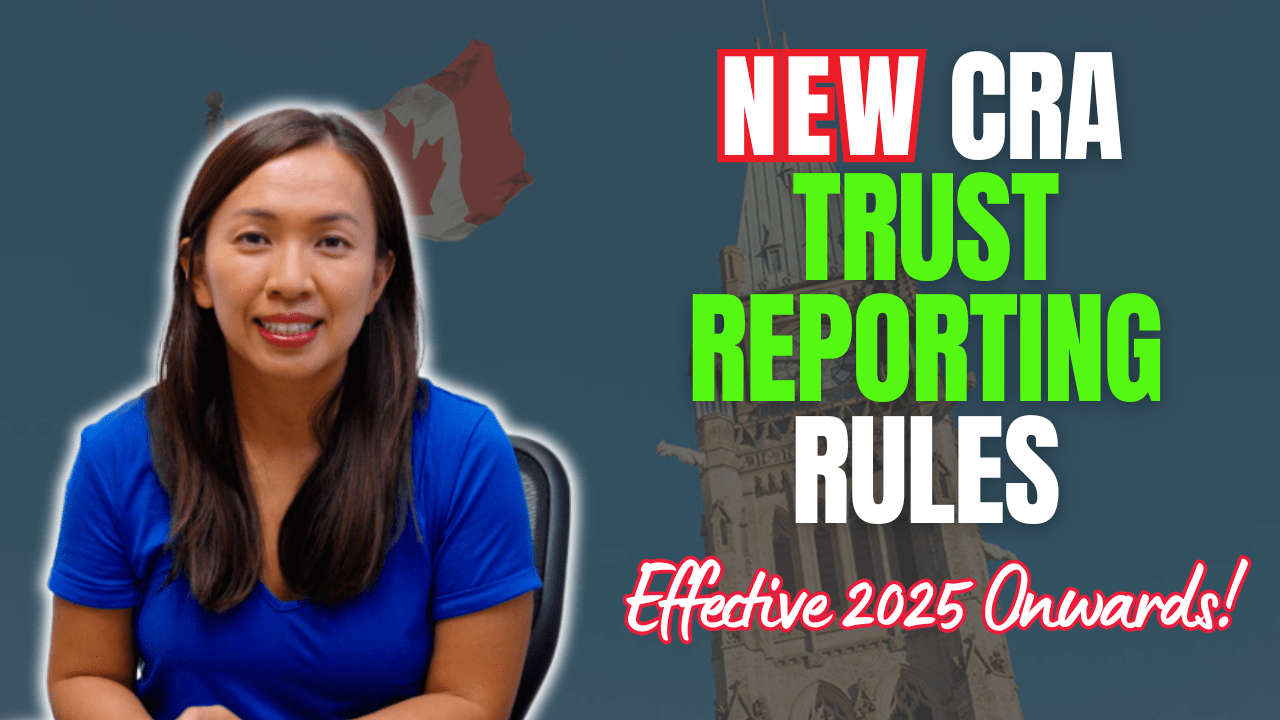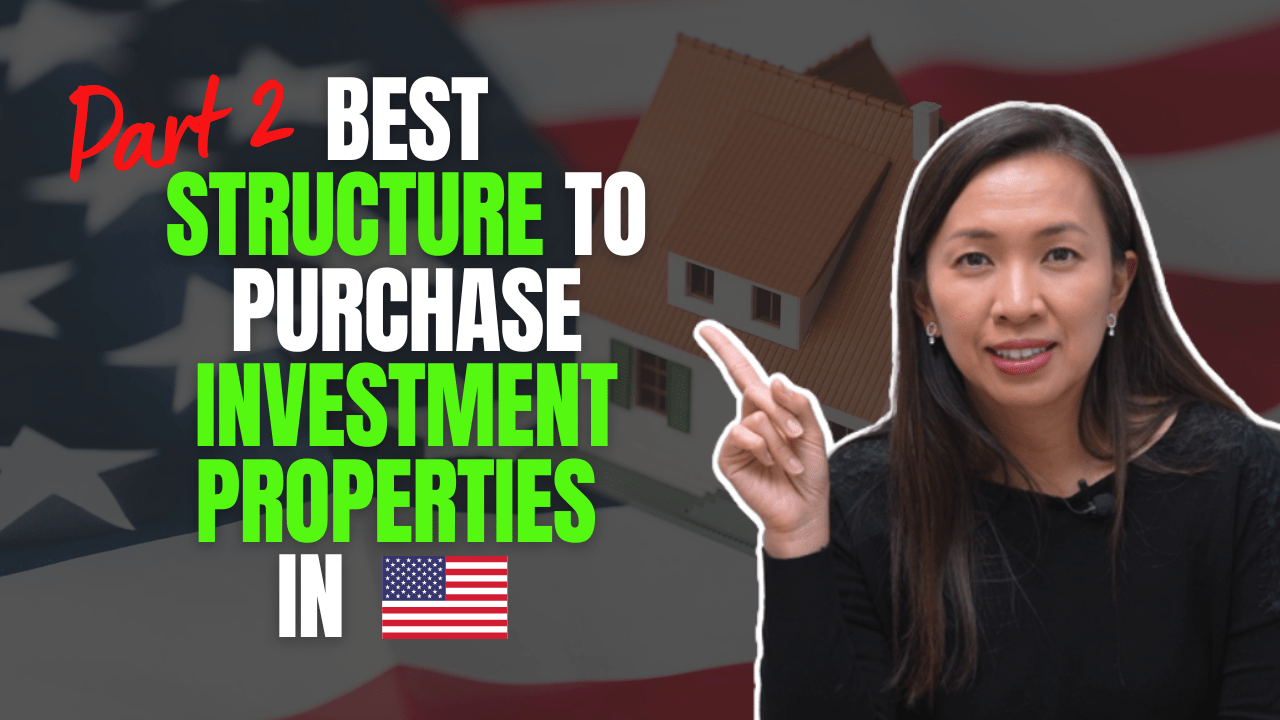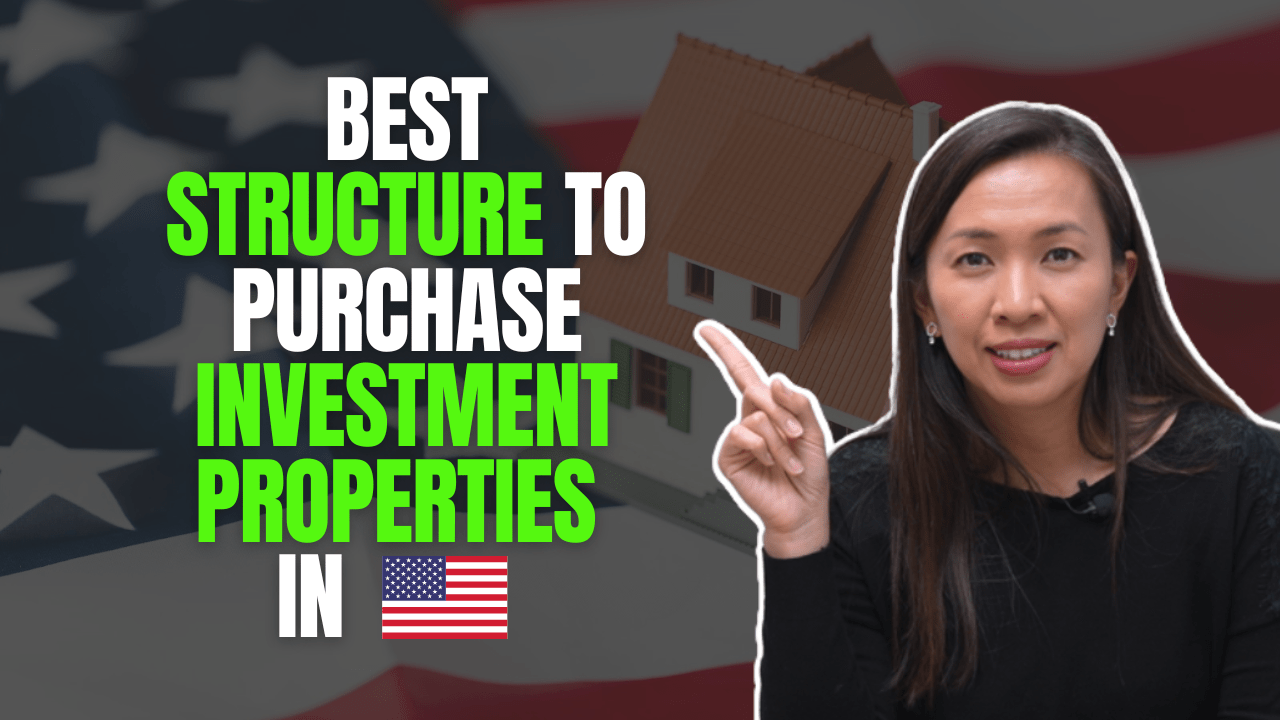My kids and I have a night time routine before they go to sleep.
As part of the routine, I ask them what they are thankful for every night before I put them down to sleep, hoping that this little habit will prepare them to be grateful for little things that happen in their lives.
Both come up with things and ideas that are very thoughtful.
One time, Robin said that she’s thankful for all the food that she has because not everyone has as much food as she does.
Another time, Bruce was thankful for going for dim sum with his grandfather. He loves eating. ?
On top of this little gratitude routine, I also snuggle with Robin for a bit and talk to her about anything she’s interested in before she goes to sleep.
She’s 4.5 years old. She is curious about everything.
She asked the most daunting question a 4.5-year-old can ask, “how did you make a baby, mommy?”
How do you explain to a kindergarten-aged kid about sex?
So I dodged the question a bit. I explained to her with scientific terms and might have used words like magic…
Like all 4.5 years old, she responded, “but how did the magic happen?”
Arghh… I rushed to Costco next day to buy the book that has all the answers to all these difficult questions.
Sometimes, tax questions are much easier than those from the little ones… ?
Now, let’s answer some easy tax question –
The government has tightened the mortgage rules in the past year. The interest rate has been raised a few times.
It gets more challenging to qualify for financing than ever, and the real estate market prices seem stagnant on average. Some neighbourhoods, such as Markham, have shown a significant decline in property prices compared to the peak last year.
Flipping houses can sometimes be risky, especially in today’s market.
One of my clients bought a place below market value, renovated it, and expected to sell the property for top dollars.
She got the offer that she wanted, but the buyer had to back out because of financing.
One other client purchased a property middle of 2017 and did a lot of work to upgrade it. They even called in pest control specialists, such as those at https://www.pestcontrolexperts.com/, to try and find any pest infestations. This ensured that the property was clean and ready to move into. Despite all the work they did, they didn’t get the reaction they thought they would. They listed at a fair price but didn’t get any offers. In the end, they decided to rent it out instead.
Thankfully, keeping real estate long-term is never a bad idea, especially since you know what you have done behind the walls!
But what is the tax impact when you change from flipping to long-term buy and hold?
Let’s use some numbers to illustrate the tax impact.
Purchase price including closing costs = $350,000
Money spent on renovation and upgrade = $100,000
You’ll want to make sure you’ve factored in things like the heating system into your renovation budget as quite often older homes need additional attention to make sure everything is running as it ought to. A faulty heater can snowball problems and ultimately become somewhat of a money pit in and of itself if left unaddressed. Better to get professionals on the job to maintain it on a regular basis.
Investor listed the house for $600,000 net of selling expenses but no one wanted it.
If the inventor were able to sell for $600K, his financial statements would have looked like the following:
Sales = $600K, cost of sales = $450K, profit = $150K
Assuming the investor holds the property in a corporation, tax payable would have been $150K x 13.5% in Ontario = $20,250.
Net profit after tax in the corporation = $129,750
Too bad no one wanted it. He’s forced to keep the property and rent it out.
He decided to refinance it to pull out some capital and got an appraised value of $520,000.
He rented the house out for a few years and sold it subsequently for $600,000.
What is the tax impact of the change of use from flipping to long-term rental?
When you intend to flip a property, the property itself is considered inventory. The purchase price, together with the money you spent on renovation, are all considered the cost of inventory. Selling profit is considered active income.
In this example, when the property’s use is changed, the investor needs to do an appraisal to assess the fair market value of the property at the time.
There is no immediate tax impact when the change of use happens. You don’t need to report to CRA. Nothing needs to be done, assuming the change of use is from a flip to a rental property.
When he eventually sells, here’s what will happen:
He needs to decide what the fair market value was at the time when the property was converted to a straight rental.
Since he had an independent appraisal done, we could use the appraised value as the fair market value, i.e. $520K.
The profit $70,000, made between $520K and his cost $450K, is taxed at 13.5%.
The difference between the ultimate sale price and the fair market value when he converted the property to a straight rental became the capital gain.
In this example, capital gain = $600K – $520K = $80K
50% of the capital gain is taxable = $40K is taxable
Taxable capital gain is subject to the passive income rate roughly at 50%, hence,
- Taxes payable on capital gain = $20K
- Taxes from flipping = $70K x 13.5% = $9,450
- Total taxes payable = $29,450 (of which $12K can be refundable – see this article about it)
If he can get the full refund back, his total taxes payable can be as little as $17,450. A bit lower than he did in the flip.
This hasn’t considered the mortgage paydown and rental income received during the years.
Plan B isn’t too bad, is it?
Until next time, happy Canadian Real Estate Investing.
Cherry Chan, CPA, CA
Your Real Estate Accountant
